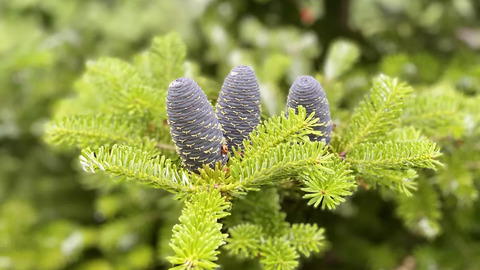Geneticists Develop Method to Catch Poachers Using Fir Tree DNA
SibFU scientists, as part of an international team, have developed a way to determine the place of origin of fir by DNA markers. According to them, the technology of linking a tree and wood to the growing region can be used for fundamental population research, as well as for applied purposes: for reforestation and detection of illegal tree felling. The results are presented in Plant Genetic Resources.
Siberian fir is the most widespread type of fir in Russia, the trunks of which are used for the production of furniture, ship masts and decks, young branches — for the production of camphor and ascorbic acid, oleoresin — for the release of turpentine, and resin — for gluing elements of optical systems, informed Siberian Federal University.
These trees are widely used in the decoration of parks and gardens. Fir forests play an important role in maintaining ecosystems. But illegal logging and unfair restoration are still common, experts noted.
SibFU researchers, together with the colleagues from Russia and Germany, proposed a method for identifying the relationship between subspecies, groups and single fir trees using genetic markers — microsatellite DNA loci.
Microsatellite loci are short tandem repeats in DNA consisting of sequentially repeating fragments from two to nine nucleotides long. The total length of such repeats is usually 100-200 nucleotides. Microsatellite loci are variable and today are actively used by geneticists for individual identification, research of genetic diversity and population structure of species.
„The paper presents the results of the search for microsatellites, or simple sequence repeats (SSR) using the de novo assembly of the Siberian fir genome (Abies sibirica Ledeb.). We have developed polymorphic markers that can be easily genotyped in any genetic laboratory using simple gel electrophoresis. 10 most promising polymorphic loci were identified in eight natural populations of Siberian fir. In addition, we proposed a multiplex panel of 14 microsatellites for use in the study of the genetic variability of European fir (Abies alba Mill.),”said Natalia Oreshkova, co—author of the publication, senior researcher at the Laboratory of Forest Genomics at SibFU.


